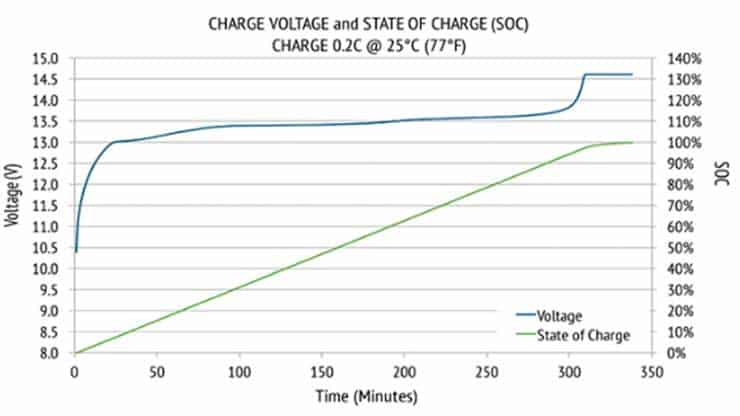Lithium batteries generally use lithium or its compounds as the electrode material of the storm. In terms of electrolytes, lithium batteries generally use non-aqueous electrolytes, that is, solid electrolytes. At present, the common lithium battery electrolytes on the market are mainly graphite.
Compared with lead-acid batteries, lithium batteries show great superiority in performance. First of all, the energy density of lithium batteries is very high. The most advanced lithium batteries can reach 6-7 times the energy density of lead-acid batteries, which makes lithium batteries more portable and durable than lead-acid batteries.
Secondly, due to the high stability of the structure of the lithium battery, it is not prone to corrosion of parts and components, and the internal ion consumption of the battery is slow, which causes the service life of the lithium battery to be longer than that of the lead-acid battery. Significantly, the current life of lithium batteries on the market can reach up to 5-6 years.
In addition, lithium batteries have less stringent requirements for the environment in which they are used. Due to the stable structure, lithium batteries can have little performance in high and low-temperature conditions. Their performance is not limited by slight changes in temperature like lead-acid batteries.
Finally, lithium batteries are more environmentally friendly than other batteries and will not contain harmful substances like lead, nickel, and cadmium. Replacement of other batteries is conducive to environmental protection.





